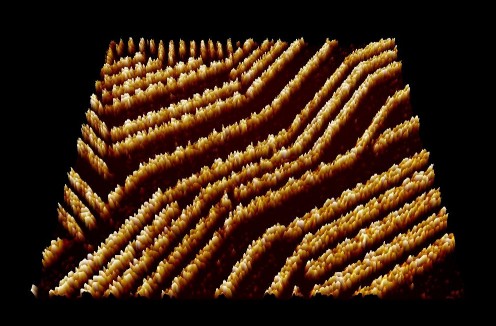A new method for identifying metallic catalysts for specific chemical conversions could help materials scientists and chemists design new materials with useful properties, predict the method’s inventors at Virginia Tech. The researchers, led by chemical engineers Luke Achenie and Hongliang Xin, used neural networks and machine learning techniques to ‘teach’ a computer system to study the interactions between important chemical groups on the surfaces of different metals to determine which alloys would be the best at catalysing the desired reactions.

Previously, catalyst identification has been a trial-and-error process which, although it has led to the discovery of polymers and other compounds with novel and useful properties, is very time-consuming and expensive. Catalytic activity depends on the arrangement of atoms on the surface of a metal and how, when organic compounds adsorb onto the surface, the metal can donate electrons to groups of atoms in the structure of the compounds, therefore allowing a reaction to proceed. The researchers describe their method in a paper in the Journal of Physical Chemistry Letters.
Achenie and Xin’s group concentrated their efforts on a particular reaction: the electrochemical reduction of carbon dioxide on metal electrodes. CO2 is a highly stable molecule, but reducing it (which, paradoxically, means adding electrons to it) renders it reactive; it can, for example, be converted into ethylene, an important building block in the synthesis of polymers. The system identified several alloys of copper which produce high conversion rates and selectivity (the ability to produce the compound required, rather than a related, but less useful one). “This study opens a new way for designing metal-based catalysts with complexities, for example, geometry and composition, promoters and poisons, defects, and nano-effects,” Xin said.




JLR teams with Allye Energy on portable battery storage
This illustrates the lengths required to operate electric vehicles in some circumstances. It is just as well few electric Range Rovers will go off...